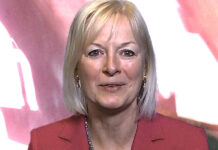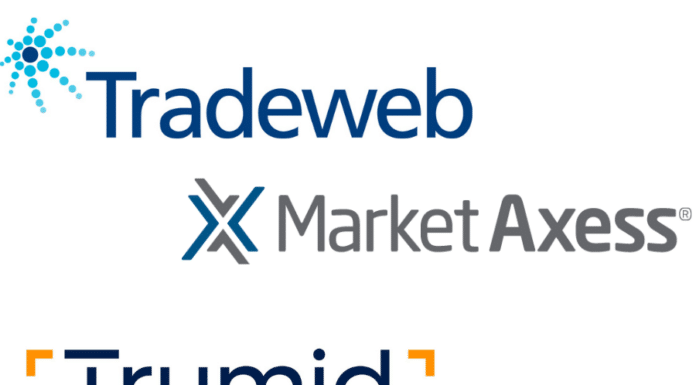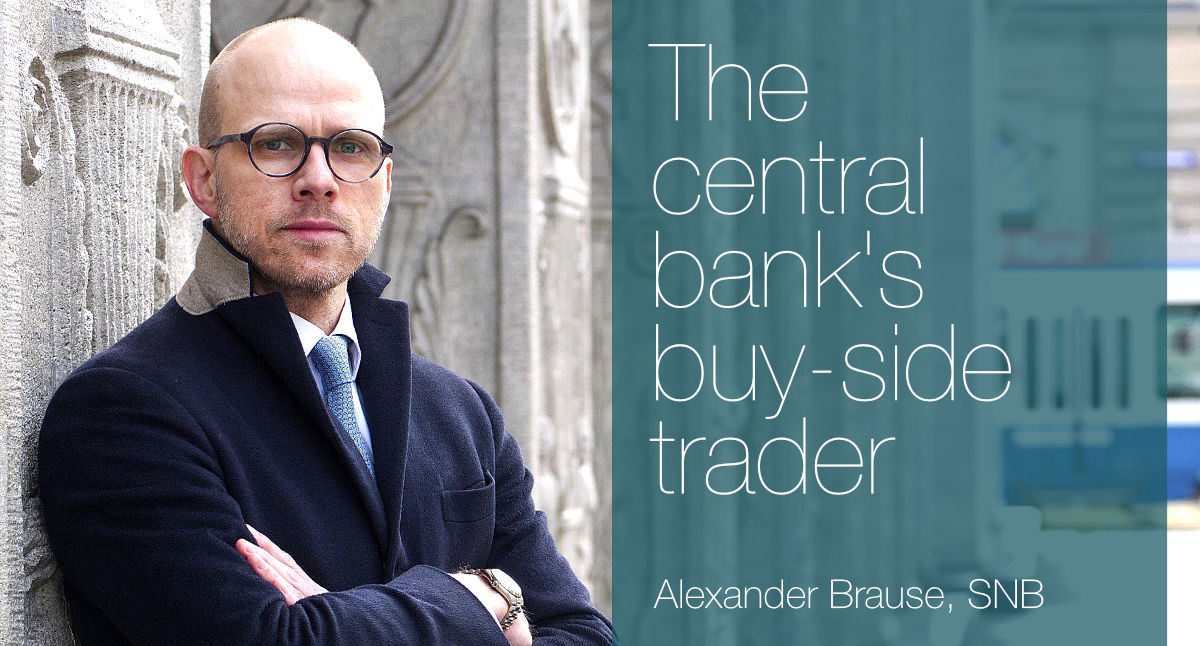 Balancing leadership and discipline with greater autonomy in trading. Alexander Brause speaks to The DESK and explains his role as head of fixed income trading and deputy head of trading at SNB Asset Management.
Balancing leadership and discipline with greater autonomy in trading. Alexander Brause speaks to The DESK and explains his role as head of fixed income trading and deputy head of trading at SNB Asset Management.
Biography: Alexander Brause is head of fixed income trading at Swiss National Bank (SNB). Besides overseeing daily operations in government/SSA/corporate bonds, interest rate and credit derivatives as well as repo transactions, he is focused on enhancing the trading value chain by building out proprietary analysis and trading systems.
Brause joined the SNB in 2011, starting in the foreign exchange division where he was dealing with market microstructure topics and the implementation of monetary policy in the foreign exchange markets. After spending two years in SNB’s Singapore branch, he joined the asset management division in 2015 as a portfolio manager for USD IG credit. He took over his current role in April 2018. He holds a PhD in economics from Julius-Maximilians-University Würzburg (Germany) and focuses on quantitative finance/Data Science topics.
Prior to April 2018, SNB had a fairly traditional portfolio management unit, with PMs trading directly. In 2018 it split up asset management into portfolio management and trading, with Brause promoted to lead fixed income trading, as the new division evolved its trading function.
Which types of portfolios do you trade for and what sort of investment goals do they have?
Our mandate is to manage the Swiss National Bank’s foreign exchange reserves. The reserves fulfil important monetary policy functions and are therefore governed by the primacy of monetary policy.
At the end of 2020, we had 900 billion CHF in assets under management (AUM) that had grown over the last few years. Around 80 per cent of that is invested in fixed income in more than 10 different currencies. We run active mandates for most of it with small buckets of our fixed income investments managed passively or as ‘buy & hold’ for which we follow specific duration targets. Due to our mandate, we are invested in investment grade rated bonds only with most of our fixed income assets being held in highly-rated sovereigns, supras and corporate bonds.
How do you interact with the portfolio managers and the investment teams?
We have two offices, one in Zurich and the other one in Singapore. Trading and portfolio management functions sit next to each other. We have standardised communication channels and dedicated meetings where we go through investment themes. The PMs give us an overview how they view the market and what they plan to do. The feedback we give to the PMs is mainly about what is going on in the market, the technical picture and transaction costs.
Before the pandemic we often just went to the PMs and had an informal conversation and an active dialogue about what is going on in the market. Our team is just over 30 people. We know each other and have a very close relationship.
Since the pandemic we were obliged to partially work from home, so people now communicate more via chat and video call. For some it’s working better, because the noise element of having a day-to-day conversations in the office has fizzled out. Others really miss the social element of having an informal conversation. We have accepted the situation and adapted to it.
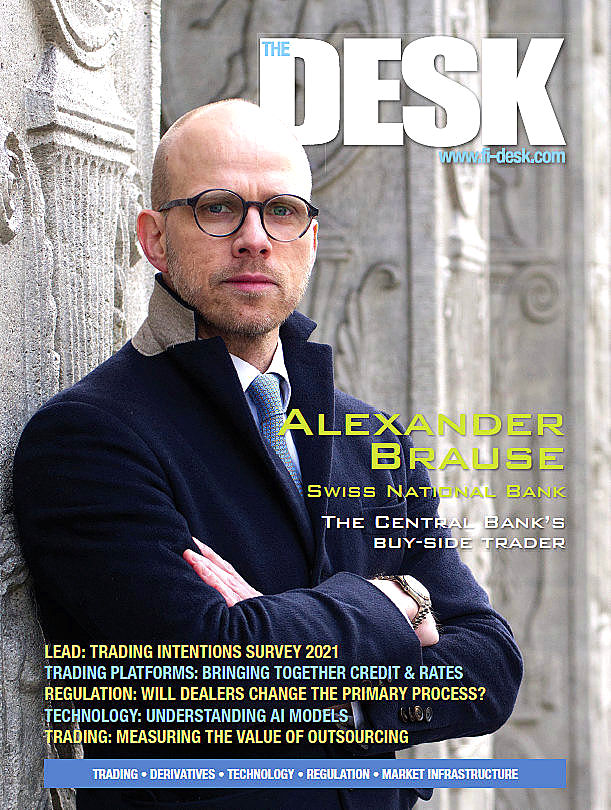
Which pre- and post-trade systems do you use in providing data to the trading and credit management process?
We do not use an order management systems (OMS) in the classical sense. On our side, trading and portfolio management are equally taking care of the whole investment process.
The PM does the research and defines the primary risk factors in the portfolio, then the trading desk is responsible for the implementation. That means we do not get orders in terms of line items, we receive orders from the PM in terms of risk factors. We then have to implement those risk factors within a given time frame. The risk factors are defined as the contribution to duration difference on different levels to the respective benchmarks. The time frame for the implementation depends on the characteristics of those risk factors.
Consequently, our equivalent to an OMS does not show a security but a risk factor. This OMS equivalent is how we communicate with the PMs on the trading side. For example if the PM wants to be overweight a certain company compared to the benchmark, you receive this duration difference. It is then up to the trader to choose the instrument and decide on the exact timing of the trade. This is when our core workflow, which we call the ‘trade value chain’, gets started. For that, we have built our own trading analysis platform. This platform helps us to gather information all day on the pre-trade side, and collects information for our post-trade elements.
We have had a major focus on automating all of our workflows and streamlining the processes and the systems. We do not only trade because the PM wants to change the portfolio risk, but to make sure that the portfolio really reflects the PM’s views.
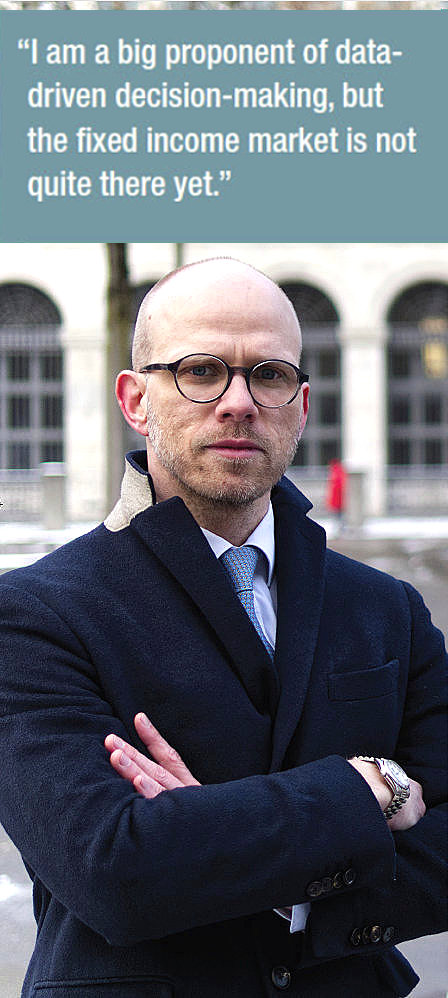 Connectivity to electronic trading platforms and data sources is always a challenge for similar systems, how have you found that aspect?
Connectivity to electronic trading platforms and data sources is always a challenge for similar systems, how have you found that aspect?
These developments started three years ago. As of now, we do not have the direct connectivity from our systems to the platforms, which I describe as an ‘unsolicited’ workflow. Although we have our trading analysis platform, which collects all data and information for the pre-trade and the post-trade elements, we still manually need to put in the trades on the respective platforms or chats. However, we have an STP process from the platforms to our systems. It’s work in progress.
Which operational challenges does your trading desk face?
I would break down operational challenges into several aspects; technological challenges, market challenges, and personnel challenges.
Regarding the technological aspect, it is absolutely crucial, especially for a central bank, to have a robust IT infrastructure. It’s a given on our side. Before the pandemic, we regularly tested off-site disaster scenarios, but we had reservations about traders working from home. Since the pandemic, most of our traders work from home with only a minimum presence on site. This has proven to work without incident. Our other focus is streamlining systems. Ideally, one should have as few systems as possible to fulfil your mandate, and that’s something that we have been working on, at least for the last three years.
When considering market and personnel challenges, it is important to understand that our traders manage both market and price risk. This has been very challenging during the pandemic. We are not required to go into the market and buy the bonds immediately, we have time over a maximum period of two weeks. So, we are measuring and weighing market risk versus price risk and the trader has alpha-seeking decisions. The buy-side trader contributes to the portfolio performance. This requires a strong mentality.
That would require considerable maturity on the trading desk, what does that add in terms of pressure?
We have eight fixed income traders across Zurich and Singapore who are responsible for the trading operations. Also, the liquid government bonds are still traded by the PMs themselves. That’s a lean structure and the traders really have to focus on their jobs and use their resources as efficiently as possible. It’s challenging. Sometimes a PM wants to have a risk factor implemented in the portfolio and we come to the conclusion it’s not possible, perhaps there is no liquidity at all, so we have to push back. This alters the conversation we have with the PM. It is fully in our discretion to push back if a target is not implementable. The PMs appreciate this open dialogue. It’s a level playing field on our side.
Which skill sets are you looking for in a trader?
A buy-side trader has to have five key skills in my view. The first three are financial market experience, fixed income experience, and trading experience. Added to this, over the last couple of years, are coding and quantitative/data analysis skills. Nowadays you really need a fixed income trader who is capable of handling complex data structures, and who has a very sound understanding of quantitative matters. We see this shift from the classical trading based on feeling to a clear data-driven trading style. I am a big proponent of data-driven decision-making, but the fixed income market is not quite there yet. We always need to have a sense check of what our data and models are telling us and whether it is reliable.
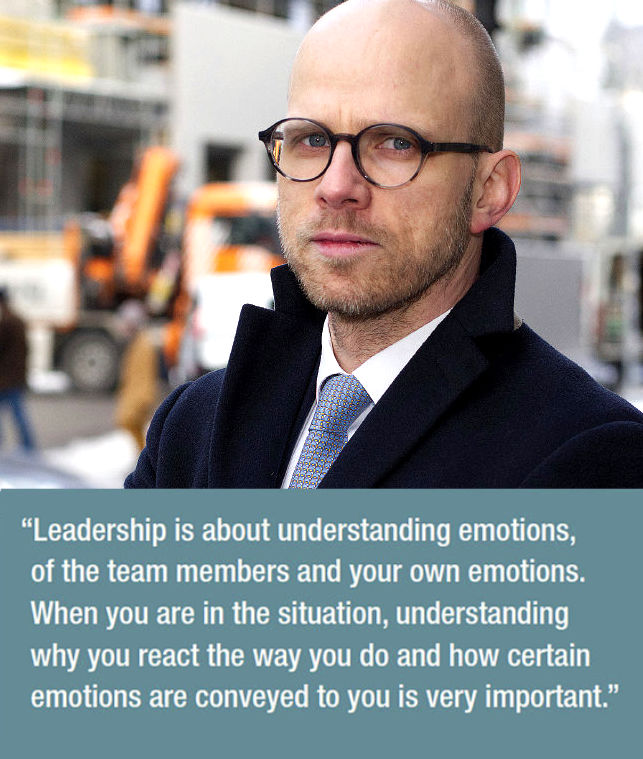 Amongst buy-side traders, it’s rare that one person is outstanding in all five skill sets. I would not want to have a team consisting of equal profiles, you always want to have different elements which, when combined, create a great community, outstanding in all kinds of skills. It is also important that you get people who really understand their responsibility to support others’ weaknesses and seek help from people more experienced than themselves. That mutual understanding of strengths and weaknesses is what I am looking for.
Amongst buy-side traders, it’s rare that one person is outstanding in all five skill sets. I would not want to have a team consisting of equal profiles, you always want to have different elements which, when combined, create a great community, outstanding in all kinds of skills. It is also important that you get people who really understand their responsibility to support others’ weaknesses and seek help from people more experienced than themselves. That mutual understanding of strengths and weaknesses is what I am looking for.
Quantitative skill requires data; what is your perspective of data availability [in fixed income]?
The fixed income market broadly is very opaque. We are in the segment which is relatively transparent. There are many initiatives providing more transparency to the market, offering great services in terms of pre-trade and post-trade data. However, you really have to filter out what is irrelevant and to recognise what is relevant from the vast amount of data that has become available. Everybody is trying to sell you data, but it often doesn’t provide any benefit at all for your workflows.
How are asset classes split across team members and how specialist are they?
We are structured in trading clusters, which are broken down by asset classes and currencies. Depending on the complexity of the asset class there may be one or two traders sharing a portfolio. Besides cash bonds, we also use futures, interest rate swaps and credit derivatives for hedging purposes and to run our own overlay strategies. On top of that, we engage in the government bond repo market as a yield enhancement tool. As a central bank, we also want to support market functioning. Concerning the traders’ experience, it’s not sensible to have traders who can only trade one asset class, you need to have traders who are capable of trading various asset classes. Because we are such a small team, we need people who can help each other.
Is the team structured in such a way to deliver best execution through the management structure?
We have pretty flat hierarchies. Asset management is divided into portfolio management and trading. Trading is separated across fixed income and equities. I run fixed income trading. Portfolio management is divided into rates and credit. We consider best execution as an integral part of the portfolio performance. It’s in our interest to achieve, monitor and to constantly improve best possible execution levels. We see the topic of transaction cost and best execution analysis as a three-layer process. It starts with measuring the transaction costs with the performance impact of an execution level on our portfolio. The second layer is assessing these costs as to whether we could have achieved a better level. The third layer is the explanation of why we did do a good job, or not.
It’s about getting information for many aspects of the trade, like time of the trade, with whom did we trade, size, the market environment, how many people in comp or did we do a non-comp trade. It’s really measuring, assessing and then explaining why the transaction costs have come out like they did. Quite often, our benchmark prices are just off. Volatility and timing are obvious factors. It is a broader perspective of how we understand transaction costs and best execution.
Which regulatory regimes impact you?
As a central bank, we always adhere to any rules and best practices concerning our trading operations. However, we are often exempted from regulations. Therefore, we are mainly affected to the extent that these regulations impact the market structure and trading landscape in general.
Which major structural challenges to trading do you think you need to overcome?
Three years ago our biggest structural question was whether to buy or to build our technology and software solutions. We decided to build our own systems because if you do it yourself you gain a better understanding of the complete trading process, from the technology stack to the implementation. You really remain independent and gain flexibility. If we had chosen a software provider, it would also have meant lots of tailoring to suit our unique set-up.
The fixed income trading landscape is such a wide environment, where so many things are coming up and disappearing again, you do not want to onboard a platform and then two years later it’s gone.
How do you train traders to manage the changing landscape of the market, and the assets that you trade?
Training for me is life-long learning. That is on top of my agenda. As head of fixed income trading it’s so important that people keep track with the changing requirements to a trader’s skillset, [such as] coding and quantitative data science. Machine learning and how to deal with it is really something new. The SNB is very supportive for this kind of education. Training always needs to relate back to the relevant tasks for our work. It’s important to know the weaknesses and the strengths of a certain person, based on this we can choose the best-suited education.
It’s fascinating how much is out there academically, yet relatively speaking the ability to apply AI and ML is quite challenging.
I agree, there are many programmes out there, which provide good education possibilities on that front. However, many people are talking about machine learning without being specific enough. Data science is really three elements; data, science and information transportation. The best model is worthless unless the results are transported in a sufficient way to make use of it. There are already many possibilities to apply supervised or unsupervised methods, like clustering your own trading information, which help to improve your workflows. However, some people often think about bond price forecasts, but don’t really know what they are trying to solve with those models. My point is, start with the basic things, which improve your workflows and then move on to the complicated matters. The latter requires high quality data, of which we know doesn’t exist to the extent we would like.
What are the career path opportunities for your traders?
Due to the flat hierarchies, there is no pre-defined career path for a trader on our side that you can be team leader in two years’ time. From day one the trader gets lots of responsibility. You can remain a trader all your life, trading different asset classes because everybody has the opportunity to trade each asset class in their life if they want to stay at SNB Asset Management. We also invite our employees to go to the Singapore office; I spent two years working there.
In general, we are supportive when it comes to moving over from the trading side to portfolio management, or the other way round. Many of our traders have worked in a PM role within SNB Asset Management before. Of course, you need to prove that you have the skillset for the respective role. You can also move to different departments at SNB. We have many examples of people who have worked in different departments within the bank.
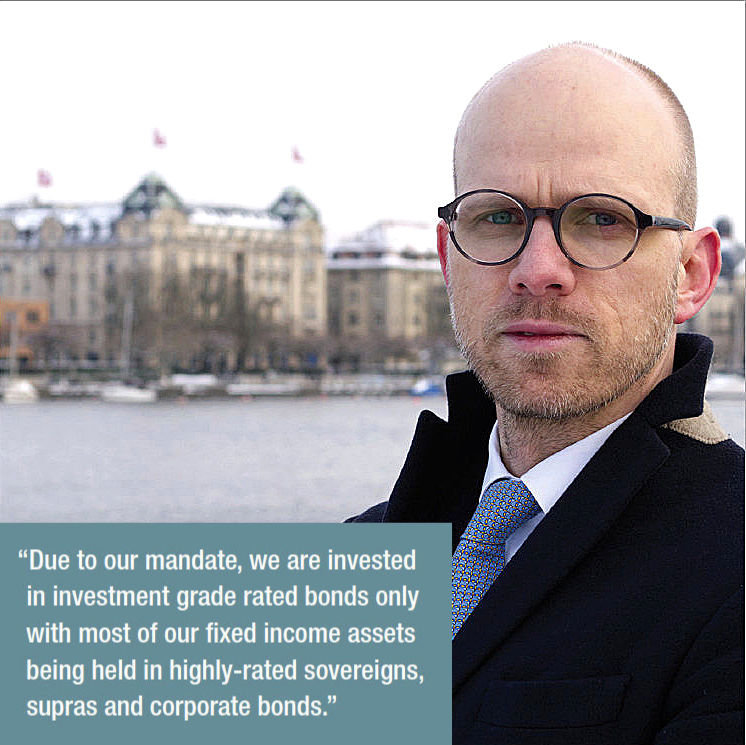 How do you assess traders’ performance?
How do you assess traders’ performance?
We do not only assess traders based on their execution levels, but also on their performance contribution. We have established hypothetical management portfolios. These hypothetical portfolios reflect the risk factors defined by the PMs and serve as the relevant benchmarks for the trading desk. The trader is managing the effective portfolio along those lines and has risk limits to deviate from this hypothetical portfolio in order to contribute to the portfolio performance, taking on overlay trades and making use of market opportunities.
How do you characterise your leadership style?
Management tasks are an objective role. In my view, it’s about providing structure and setting up the organisation. Leadership is about understanding emotions, of the team members and your own emotions. When you are in the situation, understanding why you react the way you do and how certain emotions are conveyed to you is very important. You can learn the management theory. However, leadership is really something you need to have an interest in and it comes with experience. For me it’s also very important that we always put the vision of the trading desk in the centre of our discussion, because it’s so easy to get lost in day-to-day tasks.
I am a very transparent person, I like discussing ideas and to enable discussions you have to trust people. You also need people who are pushing each other, but being helpful at the same time. I know that’s a fine line, but that’s our demand.
The other day I did a trade which was not so good, because I chose the wrong timing. We have two new traders who have started recently, and I said ‘Guys come over, look what I have just done, this was not good.’ By doing so you show that you are credible, that you trust people, and that you also make mistakes. Nobody is perfect.
©Markets Media Europe 2025


